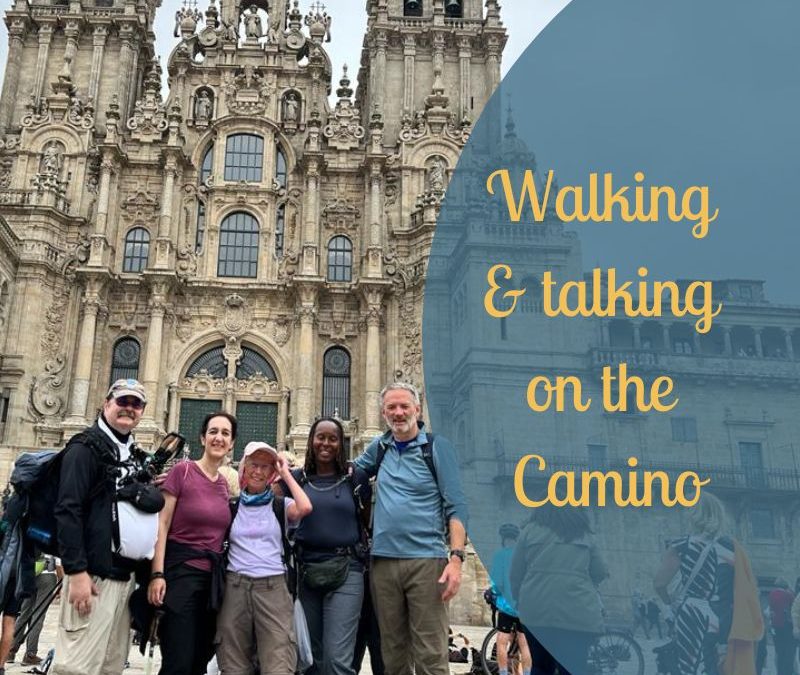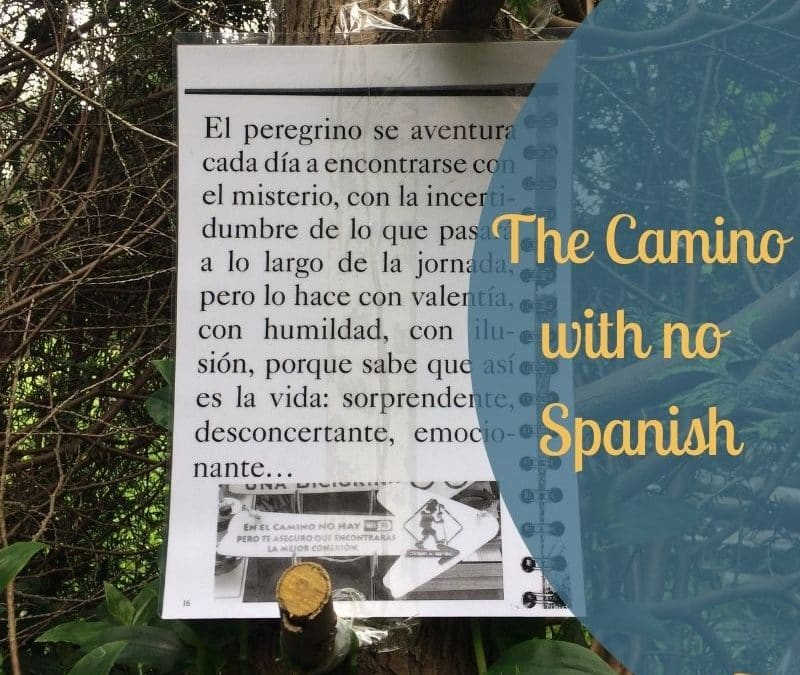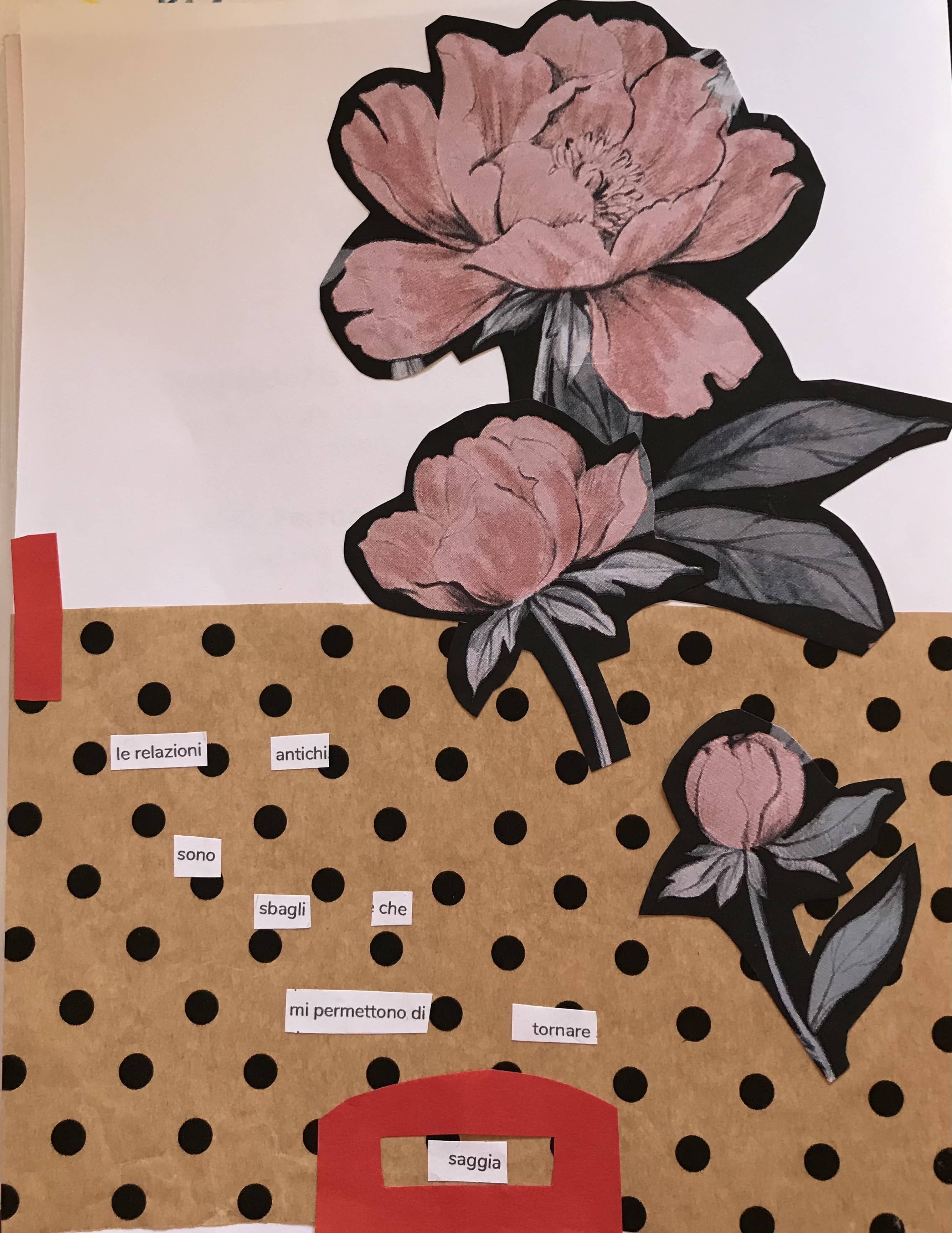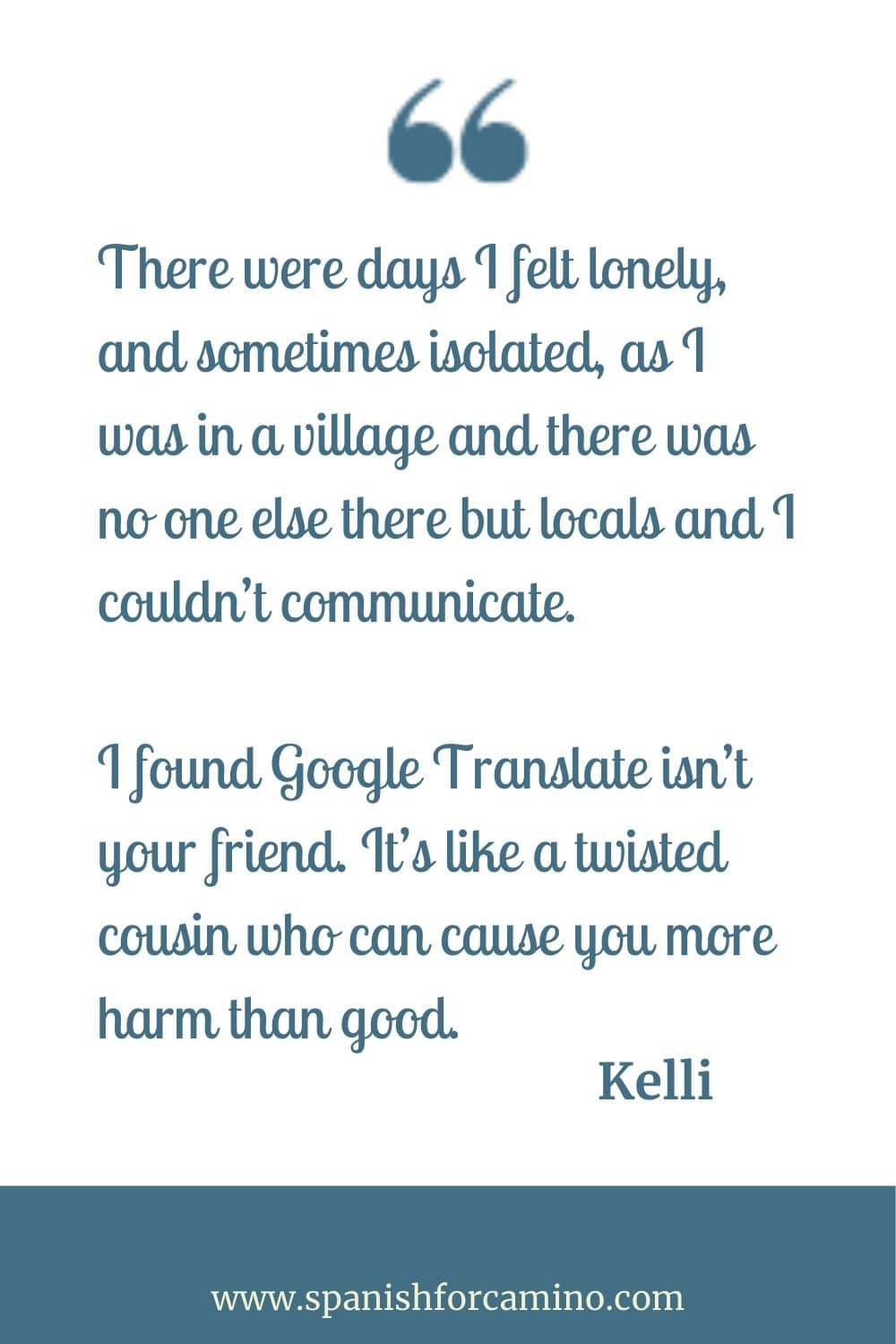
Travel and language learning with Lindsay
What if your travels could inspire you to learn a new language? That’s exactly how Lindsay approaches language learning.
In the latest episode of the Spanish for the Camino podcast, I had the pleasure of chatting with Lindsay Dow, creator of Lindsay Does Languages, about her experience with learning multiple languages and the role travel has played in it.
So, how many languages can Lindsay speak?
She doesn’t have an exact answer. It depends, she says! She doesn’t speak all of them at the same level. Some, like Spanish and French, she knows well; others require a bit of refreshing before she can comfortably use them, and some others she only knows the very basics. .But if she must say a figure, she’ll settle for around 15 languages.
Her takeaway: you don’t have to be perfect in a language to enjoy using it!
Many language learners feel pressure to reach a high level of fluency, but Lindsay reminded us that this isn’t necessary. She realized this early on, when she started learning Spanish and French at the same time in school, that she didn’t need to reach perfection in every language—just knowing enough to communicate and connect with people was valuable.
We often hear that immersion is the best way to learn a language, but Lindsay challenges that idea. While being surrounded by a language can be helpful, she always tries to learn at least a little of the local language before she travels. For her, it’s easier to learn a bit of a language before arriving in a country rather than trying to pick it up while traveling. So, for example, before a trip to Turkey, Lindsay took some online classes in Turkish, which helped her navigate her visit.
But everyone learns differently, and there’s no single best method, so it could work for you.
Her recent trip to India made her realize how difficult it can be to keep up when a country has multiple languages spoken in different regions and it confirmed her preference for learning at least the basics before travel.
Languages aren’t just about words—they reflect culture too. We can’t separate language and culture. Lindsay shared an example from Korean, where even a simple greeting involves different levels of formality depending on who you’re speaking to. This cultural aspect of language learning makes the process even more fascinating and rewarding.
One of the funniest stories Lindsay shared was from a trip to Morocco. She and a friend found themselves switching between multiple languages—French, Arabic, Italian, Polish, and even Chinese—in one day as they navigated different situations. It was a great example of how being flexible with languages can help you connect with people wherever you go.
Lindsay’s top language learning tip
To wrap up our conversation, Lindsay shared her three key principles for language learning, which she calls the “Three Fs”:
- Flexible – Find ways to integrate language learning into your daily routine without making it a huge disruption.
- Functional – Focus on learning the language in a way that helps you use it in real-life situations.
- Fun – Enjoy the process! Whether it’s music, movies, or something else that excites you, find a way to make learning enjoyable.
She also encouraged learners to “find their Shakira”—something they love that keeps them motivated to keep learning. For her, it was Shakira’s music that first connected her with Spanish.
If you want to hear the full conversation, check out the episode in the Spanish for the Camino podcast.
(Get this episode’s transcript for free here)
Lindsay’s journey shows that learning a language isn’t about reaching perfection—it’s about making connections, having fun, and embracing the process. Whether you’re preparing for a trip on the Camino de Santiago or just curious about a new language, her advice is a great reminder to enjoy the adventure of language learning.
Where to find Lindsay
Want more?
Make sure you don’t miss any posts or announcements by subscribing for free here. You’ll receive the transcripts + vocabulary guides + interactive exercises of episodes 1-5 of the Spanish for the Camino podcast. And… you’ll get access to exclusive content too.












